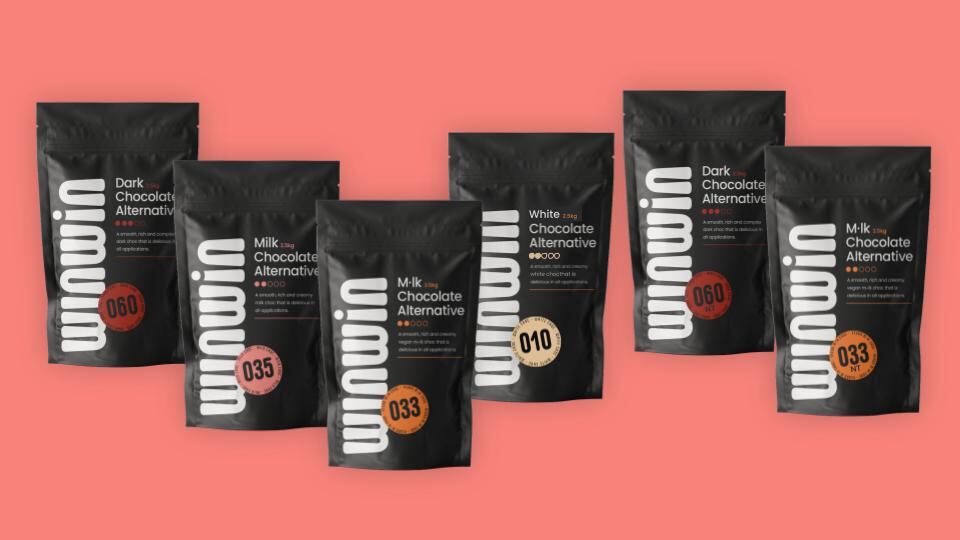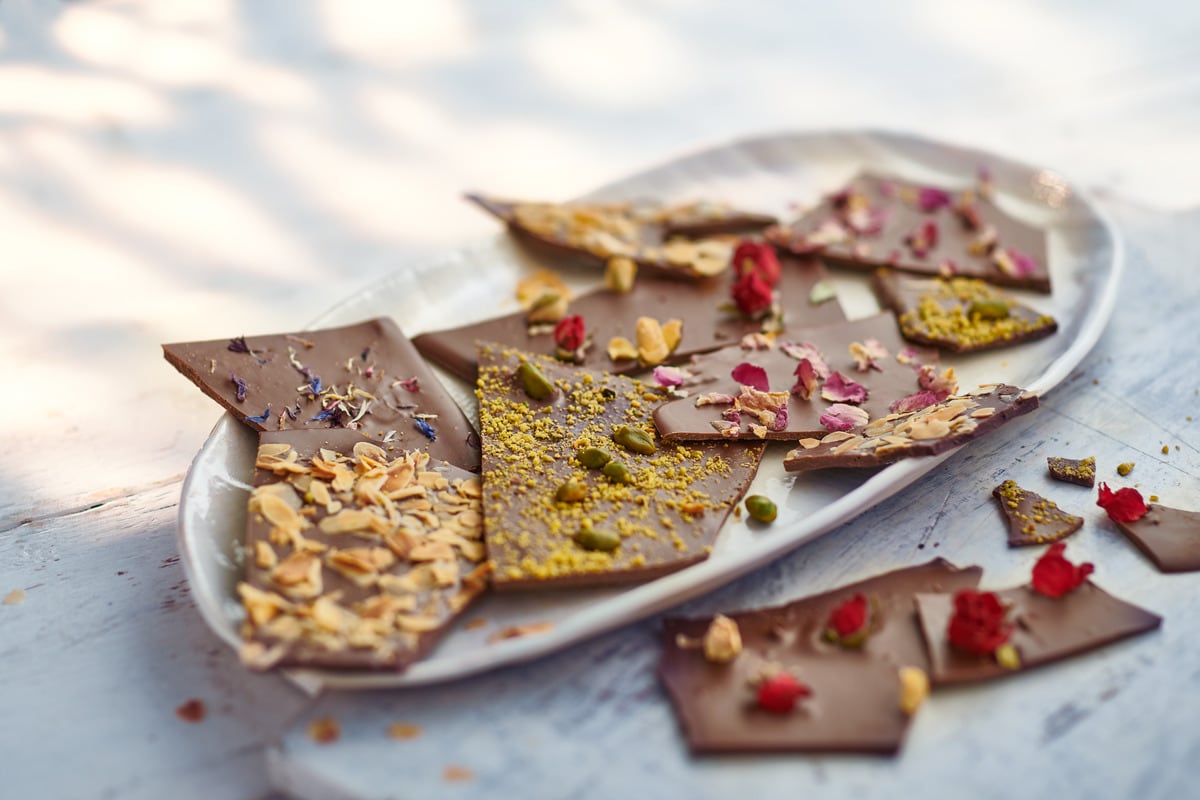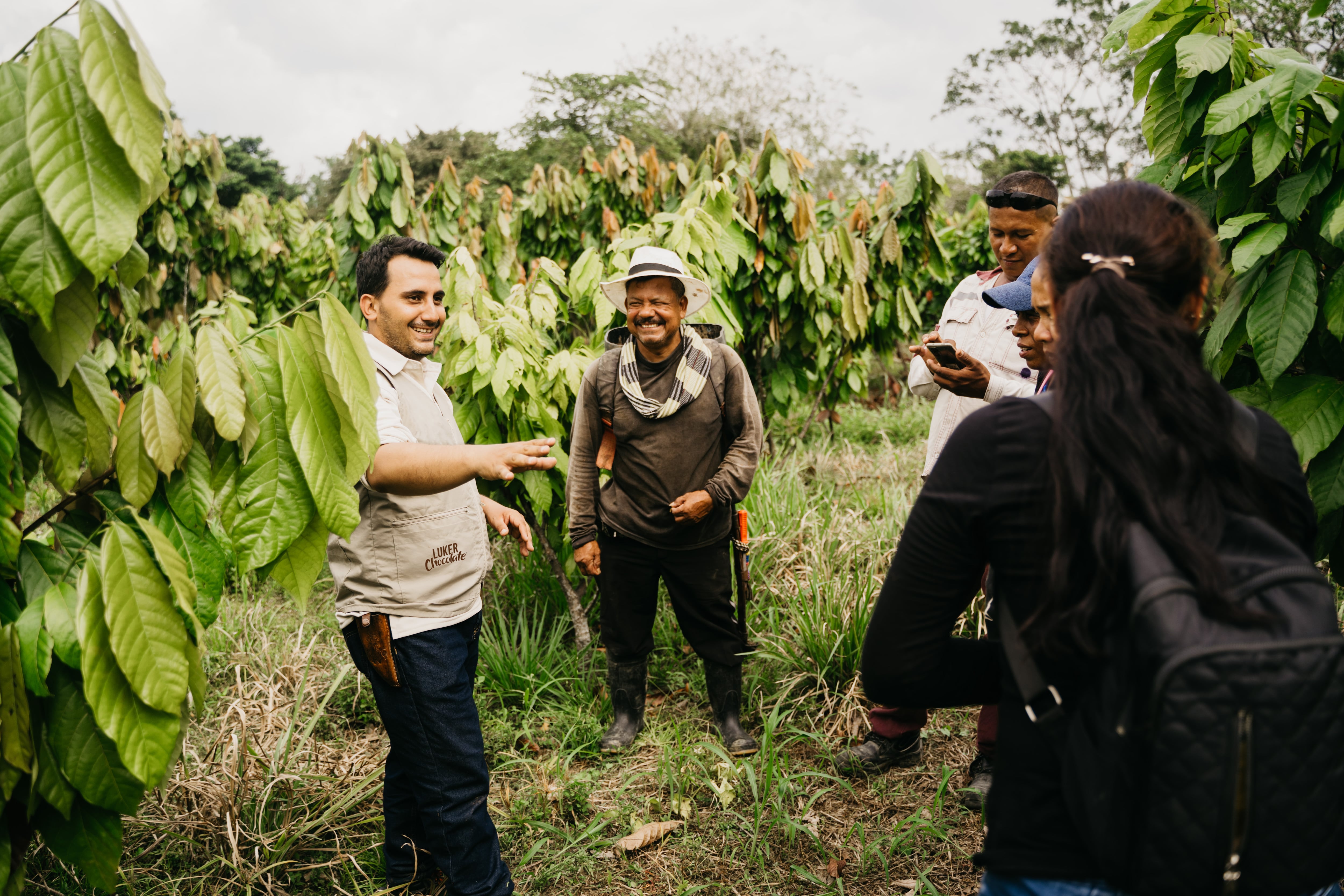The end of last year saw cocoa prices reaching record highs of $12,000 a tonne, with chocolate prices in the UK climbing by 17.7% in the year to May 2025.
The majority of cocoa is produced in the West Coast of Africa, which has seen volatile weather conditions, resulting in a steep fall in global cocoa production. This has caused prices to take a sharp upwards turn, whilst demand for chocolate continues to grow globally.
Although cocoa prices have started to soften since their historical highs, the market remains unstable and the situation untenable.
Chocolate demand is growing
The UK is a nation of chocolate lovers and over the course of the last 61 years, Brits have upped their intake of the sweet stuff significantly. Between 1961 and 2022, our consumption has risen from 1.39kg per capita to 3.68kg.
At the same time, places such as India and China, where chocolate has not historically been consumed in such vast amounts, have also seen increases in consumption. In fact, research from Mintel shows India as one of the world’s fastest growing chocolate confectionery markets, with fellow analyst firm Custom Market Insights placing its value at $3.8 billion in 2023, expected to reach $9.2 billion by 2032.
Whilst the yields of our chocolate production are suffering as a result of climate change, it’s important to note that our chocolate addiction has significantly driven these unfavourable weather conditions too.
Satellite imagery shows significant deforestation in the Ivory Coast and Ghana, as vast swathes of forest have been chopped down. Around one third of rainforest loss in key cocoa producing regions, Côte d’Ivoire and Ghana, is a result of making room for cocoa trees. This common practice of cocoa monoculture (i.e. cultivating a single crop in an area) has in turn disrupted food systems for wildlife, people and soil biodiversity.
Founded in 2021 by Ahrum Pak and Dr Johnny Drain, Win-Win is looking to address this challenge with its chocolate alternative that looks, acts and tastes just like the real thing.
“The world loves chocolate. But the situation is just unsustainable,” Mark Golder, the company’s CEO said. “Cocoa yields are going to continue to decrease, which means the prices are going to continue to increase.”
Chocolate without cocoa – but you’d never know
The Win-Win alternative, as Golder explained, “doesn’t go anywhere near cacao and for that reason is much more sustainable” than its counterpart.
The process the company uses mimics traditional cacao bean processing – with fermentation and roasting stages. However, rather than using cacao beans (which ferment via a naturally occurring microorganism), Win-Win uses rice and koji fermentation (traditionally used to make Japanese soy sauce and miso production).
Through the clever repurposing of this fermentation process, the team at Win-Win has managed to mirror the flavours of chocolate.
It was an idea inspired by a happy accident at co-founder Dr Drain’s home – who realised his pan of boiling potatoes smelled a bit like hot chocolate. This ignited the initial spark of inspiration for WNWN Food Labs (now Win-Win).

During Food Manufacture’s visit last month to its London base, Alex Pudney, the business’s R&D director, showed examples of the various stages of fermentation, demonstrating how different aromas developed over time.
“If you compare what we do and the flavour wheel of chocolate, you’ll find the same characteristics in Win-Win,” he said.
The product’s aromas changed throughout the various stages, moving from something akin to soy sauce to a profile very like chocolate.
Once the flavours have developed fully, the ingredient continues to be treated like ordinary cocoa, with fat and sugar added. The result is an alternative that can be eaten on its own (e.g. choc buttons) or used within a typical application, such as ice cream, bakery or drinks.
“We’re yet to come across an application of conventional chocolate that we can’t use Win-Win to make an excellent alternative,” added Golder.
Aren’t there easier ways?
Whilst one could argue that replacing cocoa with rice, does not alleviate the issues of food miles, Golder revealed that the team is researching into other ingredients to replace cocoa. The ambition is to expand and localise production, using commodities grown in the domestic area.
Although it’s worth noting that the product already generates 80% fewer carbon emissions and uses 80% less water than traditional chocolate manufacturing.
An added bonus for producers is that Win-Win also removes the opportunity for ethical issues embedded within chocolate production, including child and forced labour, to arise.

“Companies like Tony’s Chocolonely and some others are doing a great job in terms of ethical sourcing and what we say is, ‘well done’, but if you want to remove any doubt, you can completely move away from it [chocolate].”
On this topic, I questioned Golder over the possibility of accidentally stripping livelihoods from communities who rely on cocoa production. He agreed with me that it’s important to strike a balance but noted that the current demand on cocoa has reached a point where “something needs to happen” both in terms of alleviating pressure on the environment and its communities.
The Win-Win’s website also addresses this subject within its FAQ.
“The industrialised, mass-market cocoa supply chain of Big Choc (which is akin to Big Pharma or Big Ag), has already entrenched cocoa farmers in poverty,” the statement reads.
It goes on to say that an alternative provides the sector with an opportunity to “relieve the pressures on farmers and cooperatives, [and] give them more leverage in the marketplace against the iron grip of multinational corporations, and give consumers a real, sustainable choice”.
What’s the future of chocolate?
For Golder, he believes the future for chocolate is one of alternatives and traditional, noting that “there is room for both”.
He added: “As yields continue to dwindle, cocoa will become more and more precious, it will still be grown, but that kind of chocolate will become increasingly premium and set aside for special occasions.”
As for the future of Win-Win’s business, Golder predicts exponential growth in the company’s B2B business offerings, with a long-term goal of taking products into consumer retail.
He added that a Win-Win product would also give the business a chance to communicate more directly with consumers around what’s happening with cocoa.
“We think once that awareness has grown, consumers will want to proactively seek out alternatives.”
And the ambition doesn’t stop at planetary health, with Golder noting that in the future he would love for the team to develop healthier versions of conventional chocolate – but it’s a case of solving one problem at a time.
“Right now, there’s a crisis in chocolate and a demand and a need for that to be fixed.”





